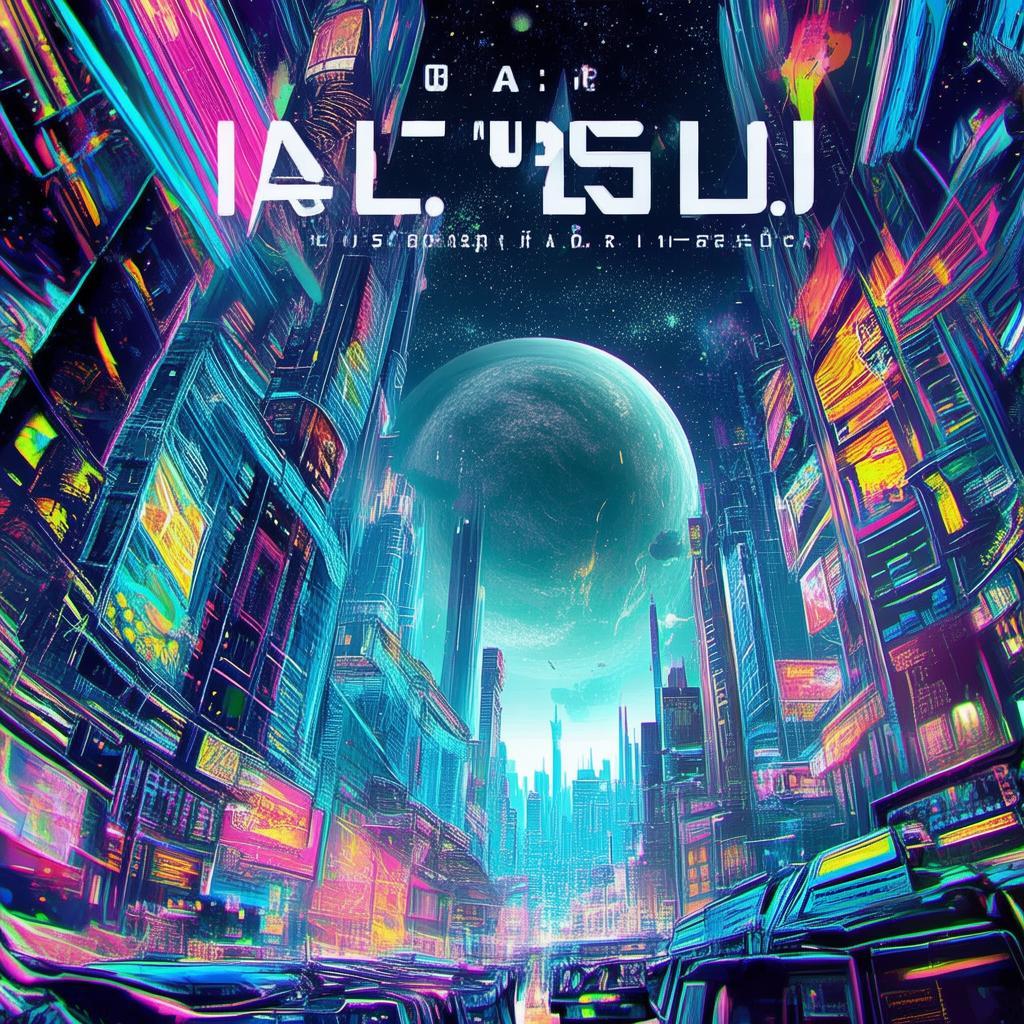The Parallel Park Predicament: A Tale of Alternate Realities
The sun dipped below the horizon, casting a golden hue over the sprawling metropolis of Neo-Tokyo. In the heart of the city, amidst the towering skyscrapers, stood a small, unassuming park. This was not an ordinary park, however; it was a parallel park—a place where the rules of reality were bent, and the impossible became possible.
Dr. Kaito Sato, a brilliant yet reclusive physicist, had discovered the existence of parallel parks through a series of experiments involving quantum entanglement. These parks were gateways to alternate realities, where the same cityscape existed, but with different outcomes and timelines. Kaito's latest experiment had led him to this very park, where he had found himself in a world where his wife, Yumi, had never been diagnosed with a terminal illness.

The reality in this parallel park was a utopia, where Yumi was healthy and their children, Ryo and Emi, were thriving. But Kaito knew that this idyllic existence was a mirage; in the original timeline, Yumi's illness would soon take her life, and the world would be plunged into chaos.
Determined to save his family, Kaito embarked on a perilous journey through the parallel parks. Each park offered a different version of his life, some better, others worse, but all with the same underlying question: how could he alter the course of events to prevent Yumi's death?
In one park, Kaito met a version of himself who had become a notorious criminal, his family living in poverty. In another, he encountered a version of Yumi who had become a famous scientist, leaving Kaito behind. The more he traveled through these alternate realities, the more he realized that the key to saving Yumi lay not in changing the past, but in understanding the interconnectedness of all timelines.
As Kaito delved deeper into the parallel parks, he discovered that his actions in one reality could have unforeseen consequences in another. A decision to save a stranger in one park could lead to a catastrophic event in another. The line between right and wrong blurred, and Kaito found himself questioning his own morality.
One evening, as he wandered through a park where Yumi had become a revered artist, Kaito encountered a version of himself who had chosen a different path. This Kaito had abandoned his scientific pursuits, instead focusing on raising his family. Despite the happiness of his family, Kaito knew that this reality was not the one he wanted to preserve.
"Kaito, you must understand," the alternate Kaito said, his voice filled with urgency. "Your actions in this reality have created a timeline where my family is safe, but it's a timeline that will never allow me to become the scientist I was meant to be."
The weight of his decision pressed heavily on Kaito's shoulders. He had to choose between saving his family and honoring his own potential. As he stood at the crossroads of his own destiny, Kaito realized that the true power of the parallel parks lay not in the ability to change the past, but in the ability to accept it.
With a heavy heart, Kaito returned to the original timeline, where Yumi was now in the final stages of her illness. He knew that he couldn't change the outcome, but he could change the way he lived the rest of his life.
In the days that followed, Kaito became a more present father and husband. He spent every moment with Yumi, cherishing the time they had left together. He also began to work on a project that had been simmering in his mind for years—a project that could potentially save countless lives.
As Yumi's health deteriorated, Kaito found solace in the knowledge that he had lived his life to the fullest. When the day finally came, Yumi passed away surrounded by the love of her family. Kaito stood by her side, holding her hand, and whispered his final goodbyes.
In the days that followed, Kaito found himself back in the parallel parks, this time as a visitor rather than a participant. He watched as the alternate realities unfolded, each one a testament to the choices he had made and the lessons he had learned.
The Parallel Park Predicament had taught Kaito that the true power of life lay not in the ability to control the future, but in the courage to face it. He had learned to accept the past, cherish the present, and embrace the unknown future with hope and determination.
In the end, Kaito realized that the parallel parks were not just a place of alternate realities, but a reflection of the human spirit—a place where we could confront our deepest fears, understand our greatest strengths, and ultimately find the courage to live.
✨ Original Statement ✨
All articles published on this website (including but not limited to text, images, videos, and other content) are original or authorized for reposting and are protected by relevant laws. Without the explicit written permission of this website, no individual or organization may copy, modify, repost, or use the content for commercial purposes.
If you need to quote or cooperate, please contact this site for authorization. We reserve the right to pursue legal responsibility for any unauthorized use.
Hereby declared.









